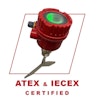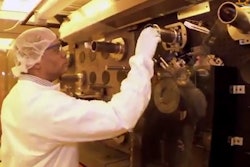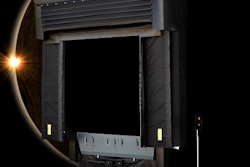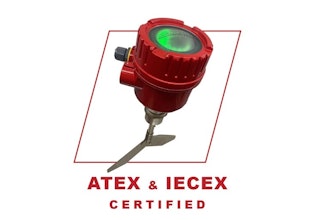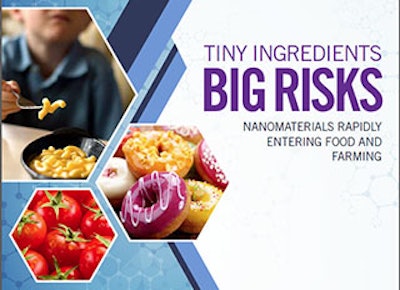
WASHINGTON, D.C. — A new report by Friends of the Earth, “Tiny Ingredients, Big Risks,” documents a tenfold increase in unregulated, unlabeled “nanofood” products on the American market since 2008. The products containing unlabeled nano-ingredients range from Kraft American Singles to Hershey’s chocolate. They are made by major companies including Kraft (KRFT), General Mills (GIS), Hershey (HSY), Nestle (NSRGY), Mars, Coca-Cola (KO), Unilever (UL), Smucker’s (SJM) and Albertsons. But due to a lack of labeling and disclosure, a far greater number of food products with undisclosed nanomaterials are likely currently on the market.
“Major food companies have rapidly introduced nanomaterials into our food with no labels and scant evidence of their safety, within a regulatory vacuum,” said report author Ian Illuminato, health and environment campaigner with Friends of the Earth. “Unfortunately, despite a growing body of science calling their safety into question, our government has made little progress in protecting the public, workers and the environment from the big risks posed by these tiny ingredients.”
Nanotechnology involves the manipulation of materials and the creation of structures and systems at the scale of atoms and molecules, the nanoscale. These nanomaterials differ significantly from larger particles of the same chemical composition, and new studies are adding to a growing body of evidence indicating they may be more toxic to humans and the environment.
The report documents 94 food and beverage products on the market known to contain nanomaterials -- including brand name products, such as Jet Puffed Marshmallows, Nestle Original Coffee Creamer and Trix cereal. This information, collected from the Woodrow Wilson International Center for Scholars Project on Emerging Nanotechnologies Nanoproducts Inventory, as well as from a study by Arizona State University, represents a tenfold increase in nanofood products on the market since the last Friends of the Earth report on this topic in 2008. That report found just eight food products containing nanomaterials. In 2014 that number has increased by 86 additional food products.
“Friends of the Earth calls upon food companies and government regulators to stop this influx of nanofoods into the market, given the absence of regulations to ensure these novel products are safe for human health and the environment and labels to ensure consumer right to know,” said Illuminato. “We know too little about the safety of these small-but-powerful ingredients to be conducting this widespread experiment on our bodies and the environment.”
Nanomaterials reflect a convergence of chemistry, physics, and engineering at the nanoscale to take advantage of unique physical properties associated with chemicals in this small size range. Nanoparticles are measured in nanometers (nm); one nanometer is billionth of a meter. One nanometer is roughly 100,000 times smaller than the width of a human hair.
Roughly 200 transnational food companies are currently investing in nanotechnology and are on their way to commercializing products. The nanofoods market is expected to grow to $20.4 billion USD by 2020.
Friends of the Earth’s new report “Tiny Ingredients, Big Risks: Nanomaterials rapidly entering food and farming” and a list of products known to contain nanomaterials and the companies manufacturing them can be found at www.foe.org/projects/food-and-technology/nanotechnology.


